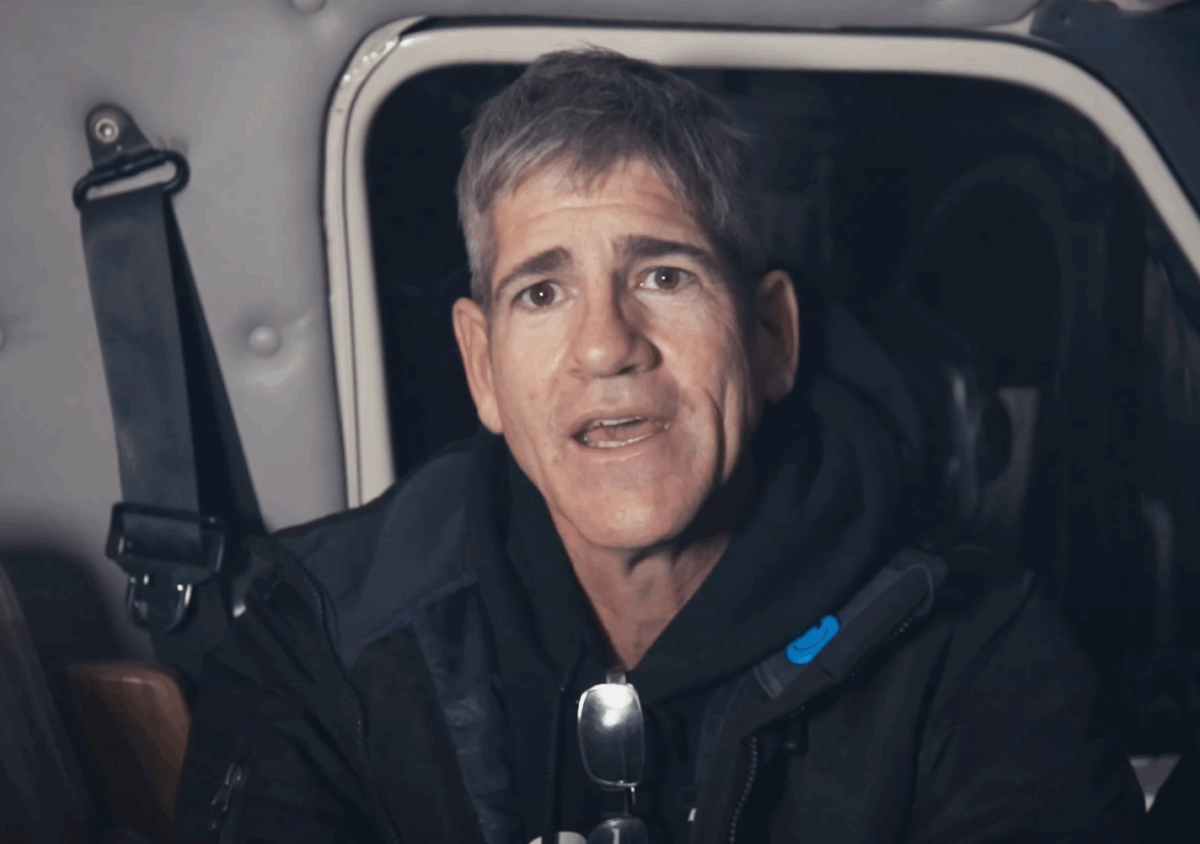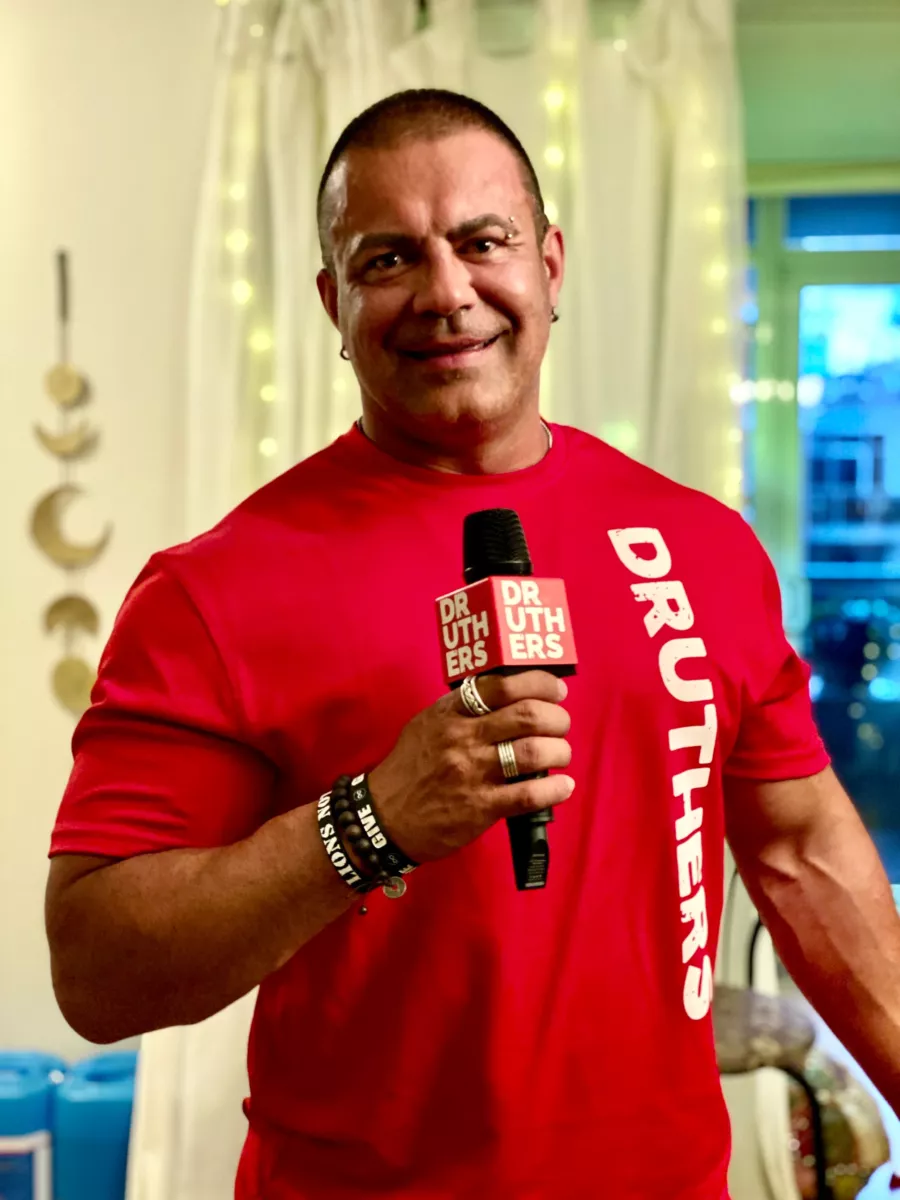The Suppression & Partial Revival of Hemp Farming in North America
By Robbie Hanna Anderman
History has been written by the victors. It has been said that “if you control the present, you can control the past, If you can control the past, you can control the future.” Thankfully, nowadays truth is coming forth after being hidden for years.
Take Industrial hemp (Cannabis Sativa) for example. Hemp was an essential farm crop for many thousands of years. People were using the long outer fibres, the short inner woody fibres, the flowers, the seeds and the oil from the seeds. All parts were used. It was a common plant and became a common weed that people lived among.
Being the strongest longest natural fibre with resistance to salt spray, it was the sailcloth of choice for oceangoing ships. The original invasion of the Americas would not have been possible without hemp for sails, rope, clothing for sailors, and loose fibres for caulking leaks in wooden boats. The “covered wagons” of settlers moving west were covered with cannabis canvas, as hemp swells when wet and kept the rain out.
Don’t lose touch with uncensored news! Join our mailing list today.
The challenge for utilizing the fibres was separating them from each other. It was hard work, which generally limited how much production a farmer could produce. This human labour still only allowed about 50% of the hemp fibre to be effectively utilized.
In the late 1930s, the decorticator machine was invented to separate the inner and outer hemp fibres. Suddenly, it was possible to achieve 90% effective recovery of the hemp fibres. A whole new world was opening for the farm economy. Popular Science magazine trumpeted: “The New Million Dollar Crop” on its front cover in 1937, touting all the thousands of items that could be made from hemp fibres.
Henry Ford was working on making cars out of agriculturally grown plastics and materials. There’s a video of him swinging a sledgehammer and hitting the bulbous trunk of a car that was made of hemp plastic… and the hammer bounced, leaving no dent. (See: “Hemp – The Environmentally Sustainable Alternative” https:// www.youtube.com/watch?v=vxd64t6H3_4)
And so they banned it, calling it a Mexican name, “marijuana”. At the behest of DuPont and other big industrialists, in 1937 the US government put an exorbitant tax upon each ounce of hemp plant. Canada followed suit in 1938. Most congressmen didn’t know they were banning hemp.
Why would such a useful crop that fit into the natural crop rotation on a farm be banned? Especially since humans and hemp had lived side by side for thousands of years. One can still find old farm machinery with settings for sowing hemp seeds.
With the new decorticator (including one in SW Ontario) farmers would have a new valuable cash crop, right at a time when they were being driven off the land by the Great Depression. They would have been able to compete in the industrial raw materials market with long-established corporations.
Hemp seed oil would compete with the oil industry for fuel (Diesel originally designed his diesel fuel with hemp and other natural oils) and lamp oil, and with the chemical industry for paint ingredients and wood finish.
Hemp’s outer fibres would have competed with cotton and the chemical industries that provided their fertilizer and pesticides (which hemp does not need). Plus, hemp fibres could compete with petroleum for motor fuel as ethanol can be made from the stalks. Hemp outer fibres would also compete with DuPont in 1937, for their new, nylon rope and fabric materials made from the petroleum chemical industry.
Hemp’s inner fibres would have competed with the chemical industry that provided the heavy water-polluting chemicals that turn wood, from the forest industry, into paper (Hemp does not need the chemicals and makes a longer lasting paper that can be recycled 7 times, not just once). Plus the inner fibres are great for making biodegradable hemp plastic, for lighter car bodies that would require less fuel, for cases for electronics like cell phones, and so much more. (www.hempplastic. com)
It’s not about the money. It’s never about the money. Or is it?
Government, at the behest of vested interests, was telling farmers they could not grow an essential farm crop on their own land. Farmers could not grow their own baling twine, rope, and clothing and had to buy replacements, often from offshore. They had to grow another crop for chicken feed and lamp and fuel oil, etc. A cash crop to pay taxes and mortgages was gone, or fines or jail or land confiscation awaited.
The main consequences have been that farmers and the rural economy, culture, and way of life missed this great opportunity of revival. This made them even more vulnerable to damage from the 1950s government policy of “get big or get out” and the concentration of farms and land by Big Ag and the Agri-Food industry. And this government process of aiming to control farmers continues today.
One of the benefits of hemp fibres as a raw industrial resource is that it is light, yet bulky. Moving big bales around regularly to a central processing plant is not economical. Thus it would foster bioregional manufacturing close to where the hemp was grown, encouraging the rural economy and culture.
This can be verified by the simple historical fact that at the beginning of WW2, when DuPont’s nylon could not replace hemp to fill the needs of “The War Effort”, hemp was again allowed and encouraged to be grown. The US Department of Agriculture even put out a film to teach farmers how to grow the plant, called “Hemp for Victory.” (https://www.youtube.com/ watch?v=bIxFhYVv_Gk)
To fulfill the need, the US government built 43 hemp fibre processing plants in different hemp growing regions within one year, to supply rope, clothing, tents, shoes, belts, and more for the Navy and Army.
After the war, hemp was banned again in North America, though it had never been banned in countries that were not in the sway of US industrialists.
A direct consequence of banning hemp is all the pollution of Earth, by the use of man-made chemicals on crops and processing endeavours, and our dependence on oil for plastics, rather than creating bio-degradable plastics from hemp and other natural materials.
Another consequence of the banning of hemp is the concentration of wealth and political power in those raw material industries and their investors that would have had competition from farmers. The potential for creativity and inventions was relatively dried up in the natural sector.
This was reversed by the Hemp Revival of the 1990s in Europe and North America. In Europe, there were great strides forwards with hemp fibre for insulating houses, and building in new ways. Hempcrete emerged with hemp fibres added to a cement mixture to both lighten the weight of the cement truck on the roads and on itself, plus it lightens the weight of the resulting concrete, while also giving it a significant insulation value. This building trend still continues in Europe and North America with even a potential replacement for rebar in the development stages at the Rensselaer Polytechnic Institute in NY State.
From Europe has also come the wonderful adaption of the buckwheat seed dehuller, which enabled processors to remove the hull from the hemp seeds. While hemp seeds had always been a natural food for humanity and birds and other livestock, the crunchy hulls are excellent laxatives and one could thereby only eat so much of them.
The new product, “hemp hearts”, aka “dehulled hemp”, “soft hemp”, hempnuts” spurred the emergence of a new hemp food industry, with people eating them plain or using them as ingredients in other foods. A key part of this “new food” is that hemp seeds, and raw hemp oil, contain Essential Fatty Acids, such as Omega 3 and Omega 6, in the proper balance/ ratio for human health.
If one eats too much Omega 6, compared to Omega 3, one’s brain cells and thinking are not in optimal health, and there is a tendency towards stiff joints and arthritis. This is a topic for us all, as Big-Ag has been feeding the cattle in big Concentrated Animal Feeding Operations and the farmed fish with GMO and RoundUp sprayed corn, which is high in Omega 6. In grass-fed beef and in wild fish, there is a high ratio of Omega 3, so people can be well nourished and think clearly.
Hemp seeds, which can be eaten raw, also have a goodly amount of high-quality easily digestible protein. More protein can be grown per acre with hemp than with any other crop.
In the mid-90s, The Hemp Industry Association started in California, promoting hemp as a crop, and later as a food. (www.thehia.org) In 1996, Canada opened up research for hemp crops. In 1998, Canada established laws with regulations allowing the commercial cropping of hemp with Health Canada Minister Alan Rock announcing, “This new crop has a tremendous potential for creating new jobs in agriculture, industry, research and retail.”
The regulations for the growing of hemp crops were and are the most stringent of all farm crops. Farmers are not allowed to save their own seed and must buy certified seed of “approved” varieties. And these varieties must still be tested in the field to contain less than 0.3% THC, the psychoactive cannabinoid.
Over the years since 1998, I have talked with individuals and companies (including one near Belleville, Ontario) who found all the growers and local markets for hemp fibres and made all the arrangements to get a fibre processing plant set up, then either the banks or the government changed their minds, so the great potential for hemp fibres has yet to be realized in Canada.
Thankfully the Canadian hemp food industry was able to keep going, with lots of export to the US. (www. hemptrade.ca)
Nowadays, in the US, fibre processing plants are coming online, bringing farmers needed income.
“Hemp cultivation offers a range of environmental benefits, including carbon storage, erosion prevention, increased biodiversity, low to no pesticide requirement, and breaking disease cycles in crop rotation,” a USDA report recently stated. “The hemp plant’s dense leaves create natural soil cover, which can reduce water loss and protect against soil erosion.”
Popular Science magazine’s prediction of a Million Dollar Crop is coming to fruition, albeit 85 years later. Researchers are finding more and more possible and practical uses for this old friend of humanity.
For more information, please see www.hempfarm.org/Papers/Shadow_of_the_Swastika.html and, hempseedee.com/links.shtml
Robbie Hanna Anderman farms in the Upper Ottawa Valley, is on the Board of the Local National Farmers Union (nfu.ca), regularly writes letters to the editor of the local paper, was the VP of Cool Hemp (.com), and education Director of the Board of The HIA, and plays music. He also created the “HempWorkersCoop” channel on YouTube and TheHempSeeDee.com and authored www.healingtreesbook.com













